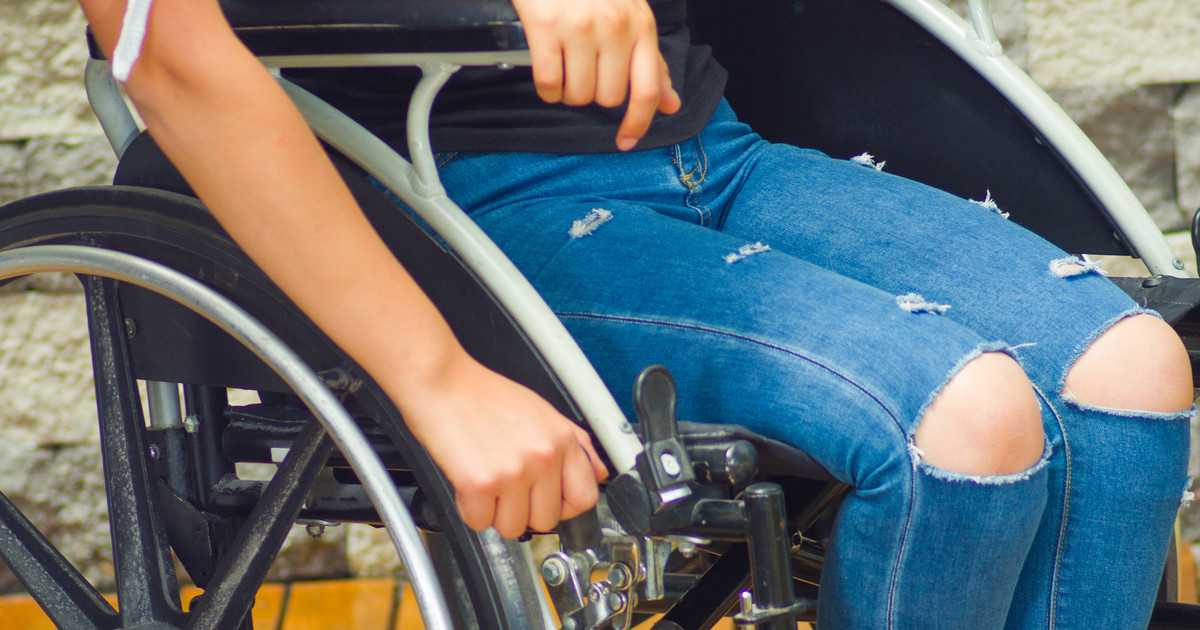What Are The Treatments And Types Of Spinal Muscular Dystrophy?
Type 3
Many individuals believe that the third type is a mild form of this disease. This does not appear to change the fact that it is still likely to severely affect patients. These effects may also be permanent. Patients with this type seem to develop symptoms after they turn one year old. However, these symptoms may appear during their childhood or adolescence. One of the only clear rules for this condition seems to be that the symptoms have to start after patients have learned to walk.
Some doctors will use two subtypes for this form of spinal muscular atrophy. The difference is the time when symptoms develop. The first subtype typically has symptoms develop before a patient turns three years old. The second should include those individuals whose symptoms appear after they turn three. The symptoms for both, however, may be the same. Parents may notice their child having issues walking, running, or getting up stairs first. The muscle weakness in this form can start in the legs and hips. This appears to be the reason for the problems they have with walking. The weakness may spread to the shoulders and arms over time.
Reveal another potential type of this condition now.
Type 4
Type 4 may also be referred to as adult-onset spinal muscular atrophy. It appears as if symptoms of this type present after adolescence. The most common time looks to be in the patient's twenties or thirties, though in their late teens may be possible. Most doctors seem to diagnose patients between thirty-five and forty years old. Research seems to indicate that patients with this form have either four or six SMN2 gene copies. This appears to be why their symptoms will not develop when they are children. The gene copies should compensate for the mutations that trigger this condition. These copies may also help lessen the physical effects of this disease.
Similar to the other types, patients may start experiencing mild muscle weakness in their legs and hips. This weakness can progress to their arms and shoulders. There appears to be a wide range of severity in this form. Some individuals may be able to walk short distances. They may need to use a mobility aid occasionally. However, others may need to use a wheelchair as they can lose the ability to walk.
Continue reading to discover potential treatments next.

